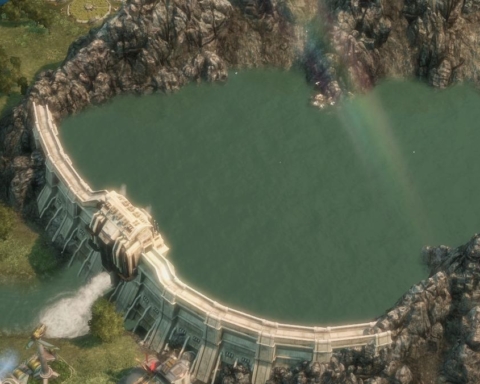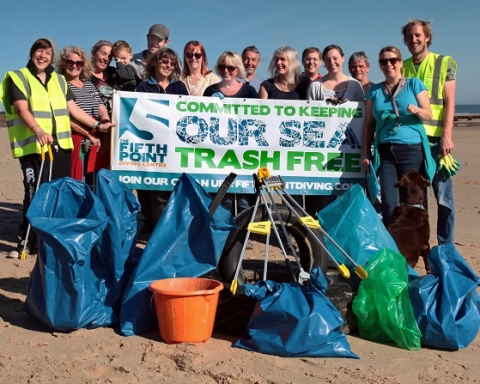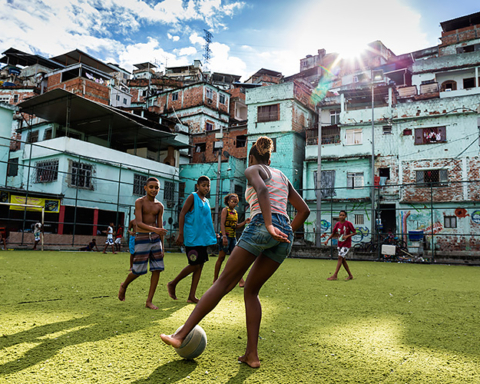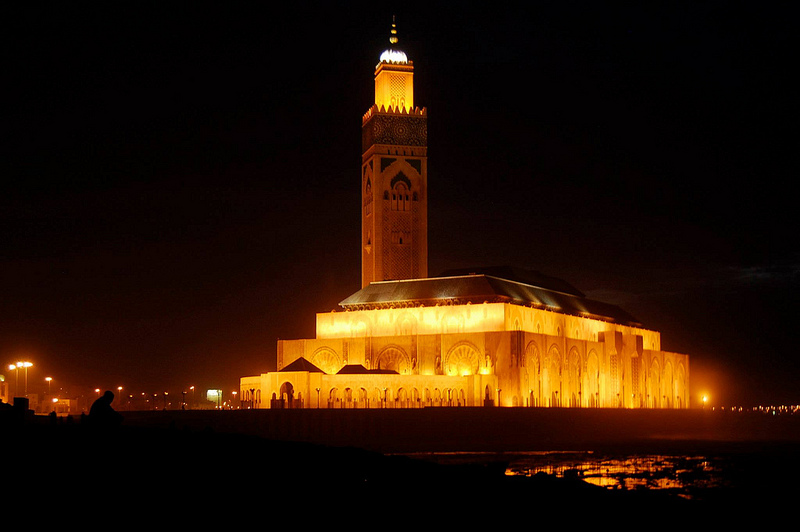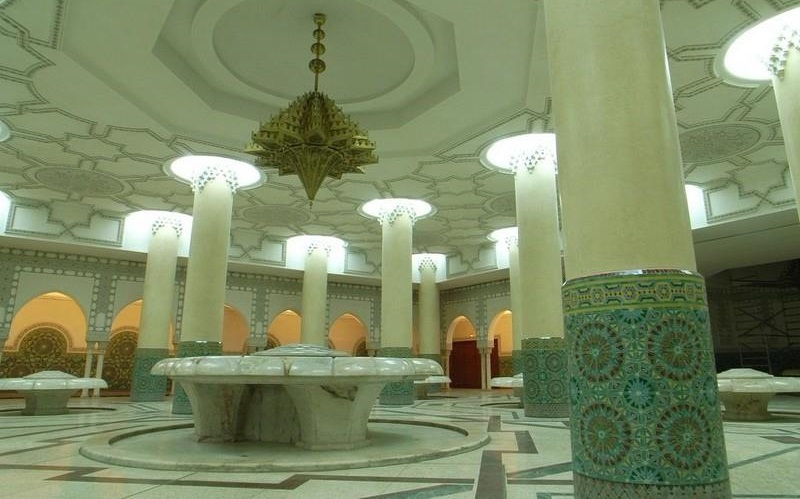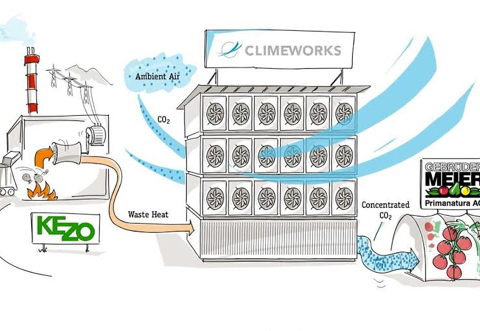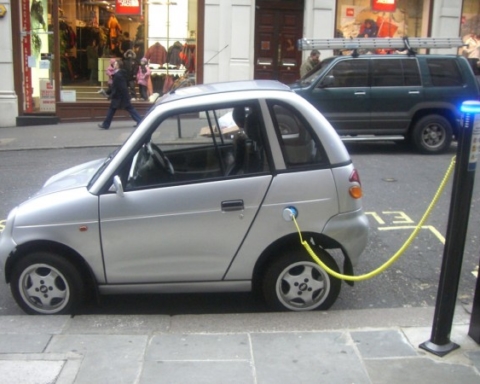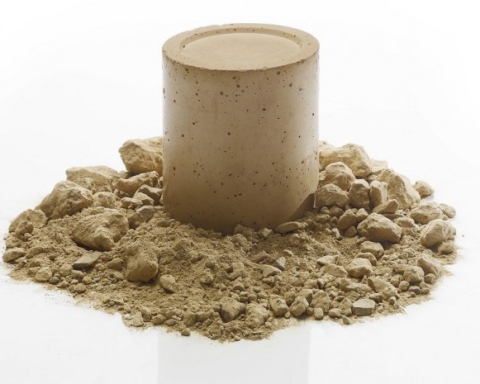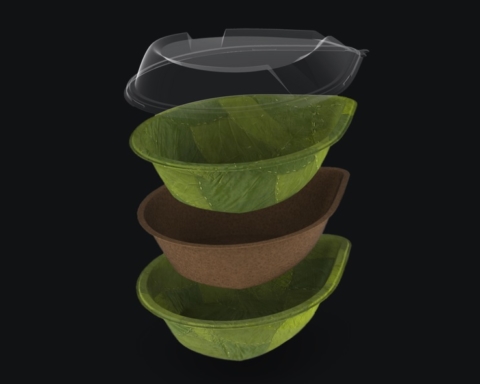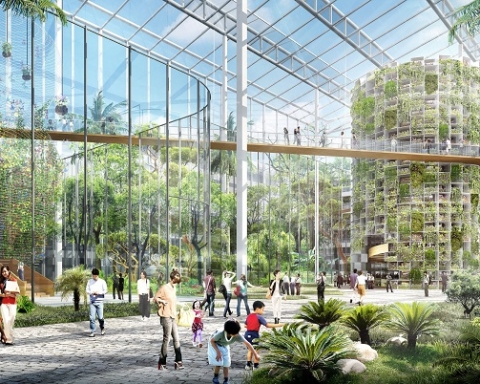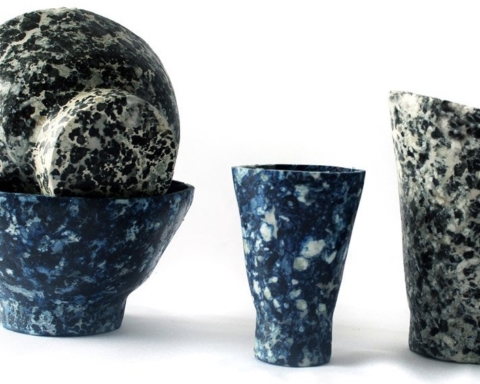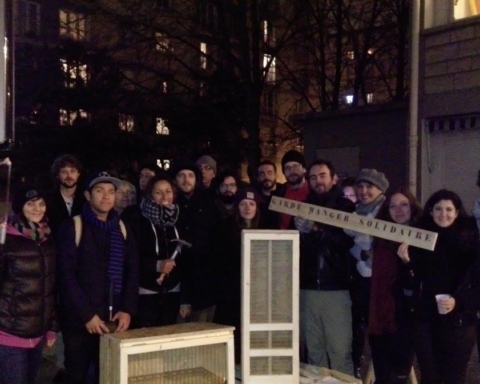In the Muslim world; projects for ecological places of worship are multiplying. With the opening of the COP22 Climate Conference today in Marrakech, Morocco wants its mosques to turn green.
Since 2009, German company Grohe, a leading manufacturer in sanitary products for kitchen and bathroom, had launched the Green Mosque Initiative in many countries including the United Arab Emirates, Syria, Turkey, Saudi Arabia and Egypt. Morocco does not want to be outdone.
A mosque in Morocco consumes an average of 100 kilowatts per day
The Ministry of Endowments and Islamic Affairs and the Deutsche Gesellschaft für Internationale Zusammenarbeit GIZ (German Agency for International Cooperation), aim to renovate mosques across the country in more efficient energy. The approach initiated at a convention in Rabat, is for Morocco to consider reducing energy consumption by 12 percent in 2020 and 15 percent in 2030. Within this general framework, it has been agreed that the target will be a 40 percent reduction for energy consumption in 50,000 mosques in the country including 15,000 directly managed by the Ministry of Endowments and Islamic Affairs.
“This ambitious program will be implemented in two phases. The first will focus on mosques 1,000 small, medium and large. It will begin by conducting energy audits of mosques, the development of an intervention model and an estimate of the cost of energy optimization relating thereto which will be operated by energy service companies based in Morocco (ESCO). The second phase will be to generalize this model across the country to rehabilitate 15,000 mosques,” explained the Energy Investment Company (EIC).
A pre-audit had already indicated that the energy consumption of mosques could be reduced up to 40 percent through the use of low energy light bulbs, the solar water heater installation and other photovoltaic panels allowing optimization of energetic costs.
The EIC believed that a mosque in Morocco consumes an average of 100 kilowatts per day. In some cases it could be up to 60 percent savings and even exceed the As-Sunna mosque in Rabat whose tests have achieved a 70 percent saving with 41 percent accounted only for lighting.



